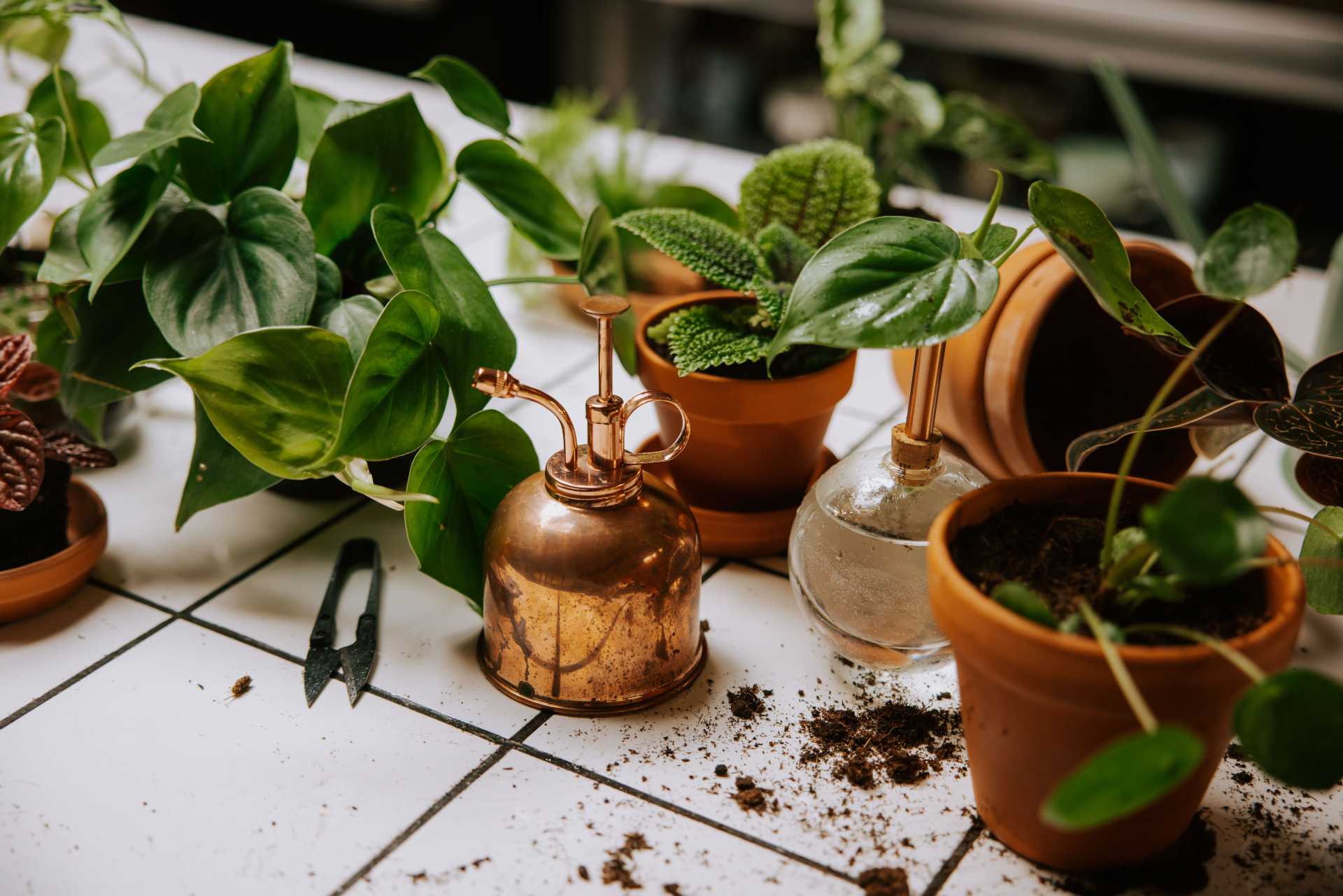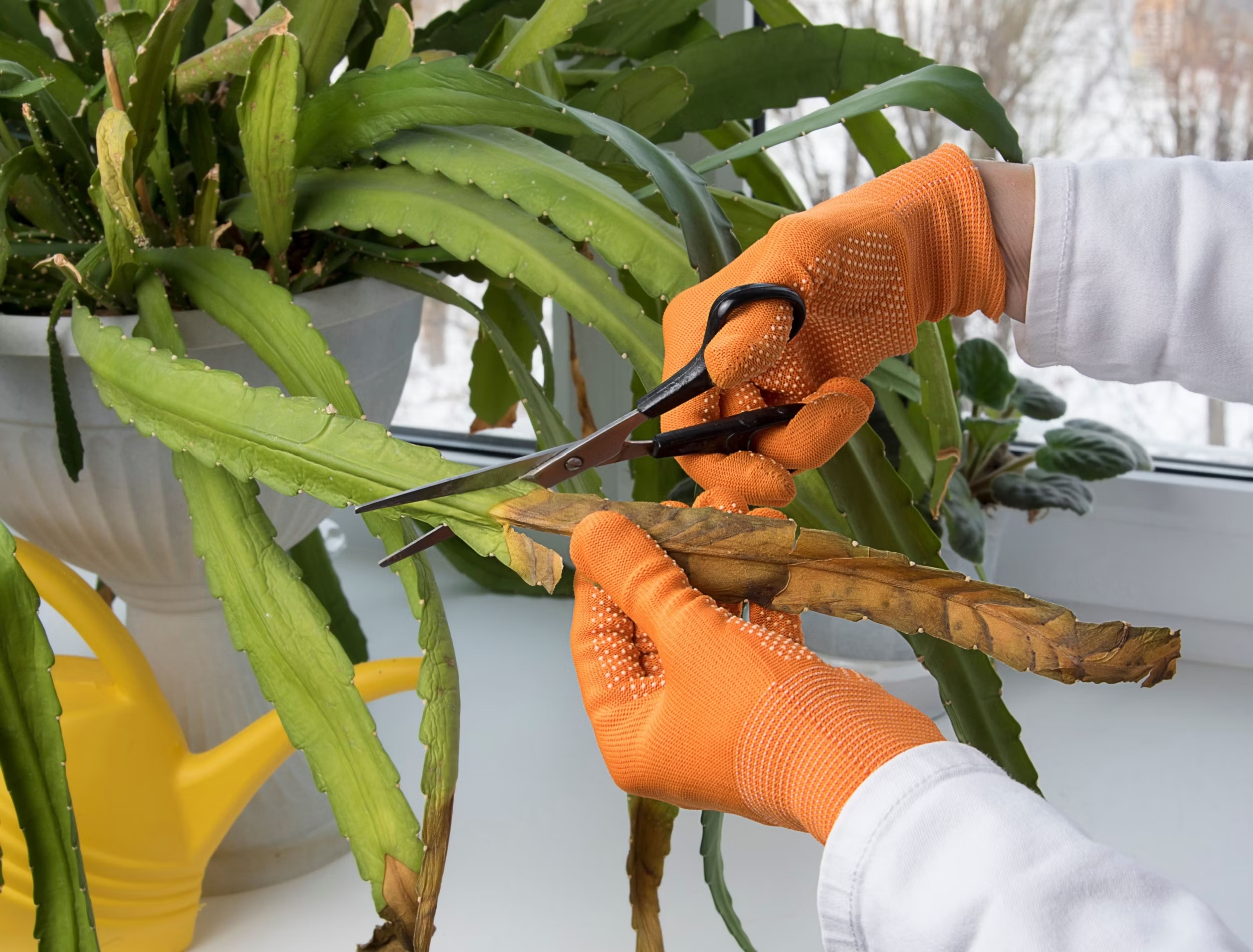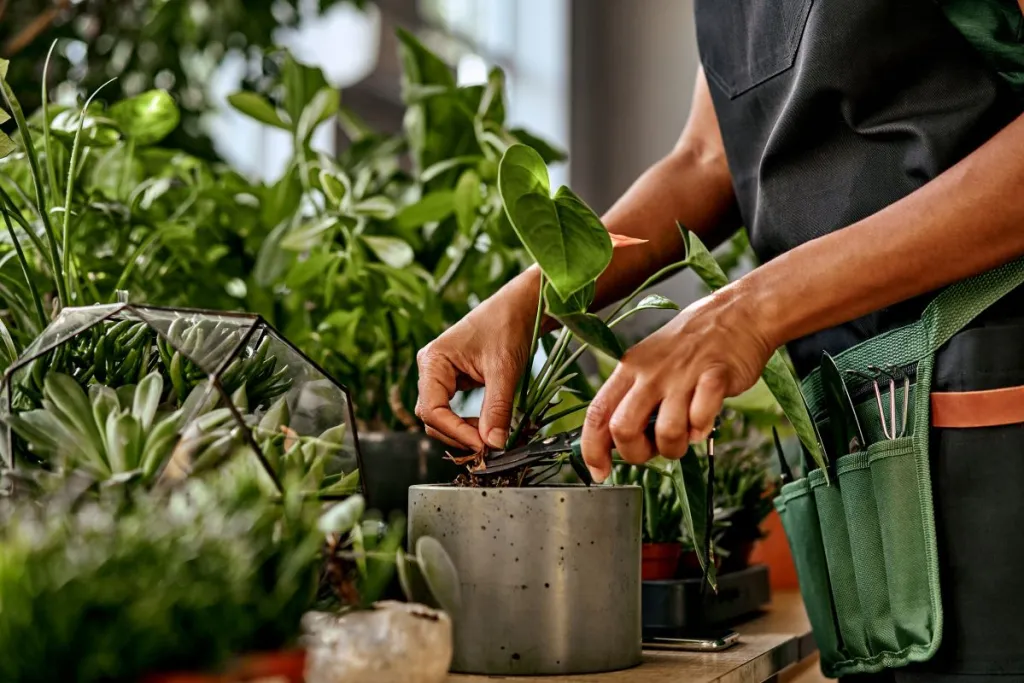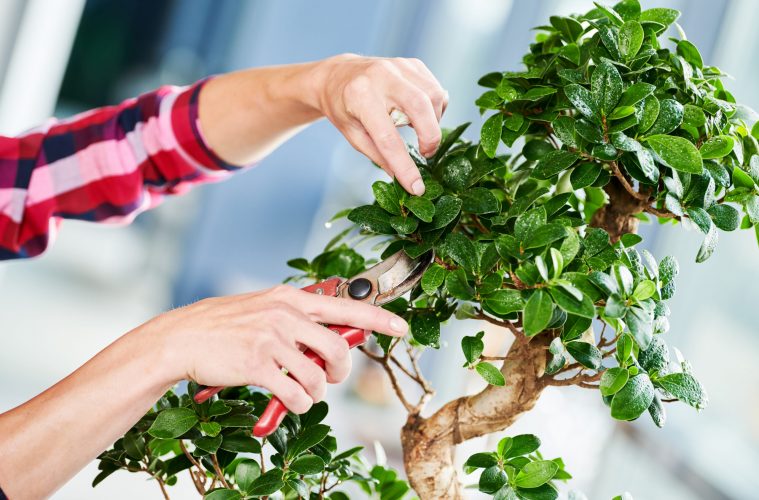Houseplants bring a touch of nature indoors, enhancing our living spaces with their lush greenery and vibrant colours. However, to keep them thriving, a little maintenance is required. One essential aspect of this care is pruning.
Proper pruning encourages growth, maintains shape, and promotes the overall health of your plants. Here’s a simple guide to help you prune your houseplants effectively.
Why prune houseplants?
Pruning is not just about aesthetics. While a well-pruned plant certainly looks better, the practice also offers several benefits:
Promotes growth: Removing dead or damaged leaves and stems directs the plant’s energy towards new growth.
Prevents disease: Pruning helps eliminate parts of the plant that may be diseased or infested with pests.
Maintains shape: Regular pruning prevents your plant from becoming leggy or misshapen.
Improves air circulation: Thinning out crowded areas allows better airflow, reducing the risk of fungal infections.

Pexels
When to prune
The best time to prune most houseplants is during their active growing season, typically spring and summer. Avoid pruning in the late fall and winter when most plants enter a dormant phase.
However, if you notice dead or diseased parts, remove them immediately regardless of the season.
Tools you’ll need
Before you start, gather the right tools:
- Sharp pruning shears/scissors: Clean and sharp tools make precise cuts and reduce the risk of damaging the plant.
- Rubbing alcohol: Use this to sterilize your tools before and after pruning to prevent the spread of diseases.
- Gloves: These can protect your hands from any plant sap or sharp edges.

Unsplash
Step-by-step pruning guide
Inspect your plant: Look for dead, yellowing, or diseased leaves and stems. Also, identify any leggy growth or overcrowded areas.
Start with the dead and damaged parts: Using your sterilized pruning shears, cut off any dead or damaged leaves and stems close to the base. This helps redirect the plant’s energy to healthy growth.
Trim leggy growth: If your plant has long, spindly stems with sparse leaves, trim these back to encourage bushier growth. Make your cuts just above a leaf node (the point where a leaf attaches to the stem) to stimulate new growth from that point.
Thin out crowded areas: For plants with dense foliage, selectively remove some of the stems to improve air circulation and light penetration. This is especially important for plants like pothos and spider plants.
Shape your plant: For aesthetic purposes, prune your plant to maintain its desired shape. This could involve trimming back overgrown branches or evenly reducing the height and width.
Clean up: Dispose of the pruned material and sterilize your tools again. This practice helps keep your workspace tidy and reduces the risk of spreading disease.

Pexels
Aftercare
After pruning, give your plant a little extra care:
Water thoroughly: Pruning can be stressful for plants. Watering helps them recover and promotes new growth.
Fertilize: A balanced, water-soluble fertilizer can provide the nutrients your plant needs to bounce back.
Monitor for stress: Keep an eye on your plant for any signs of stress, such as wilting or yellowing leaves. Adjust care as needed.
ALSO SEE: TIPS FOR MAINTAINING YOUR GARDEN TOOLS
Feature image: Pexels


